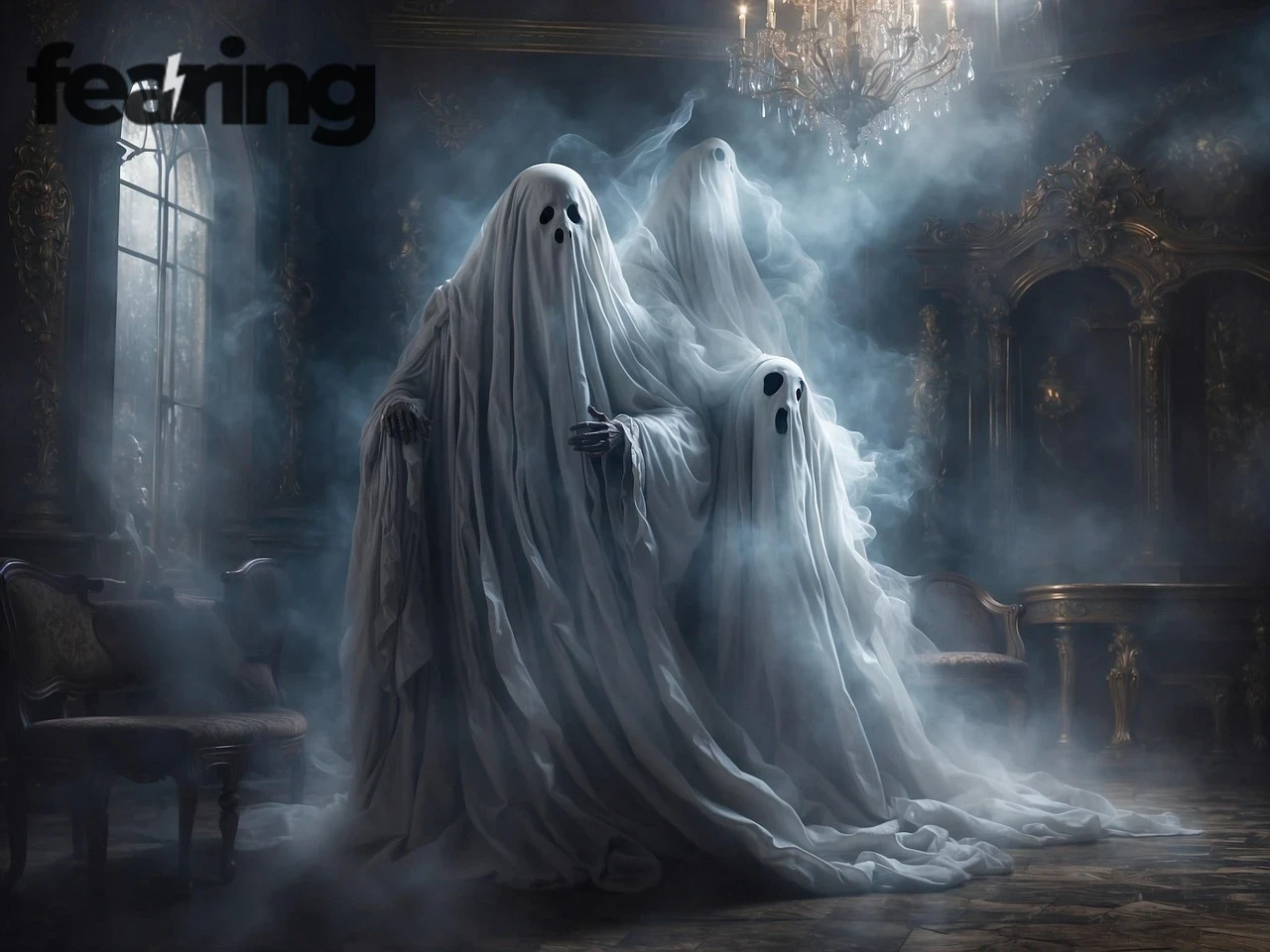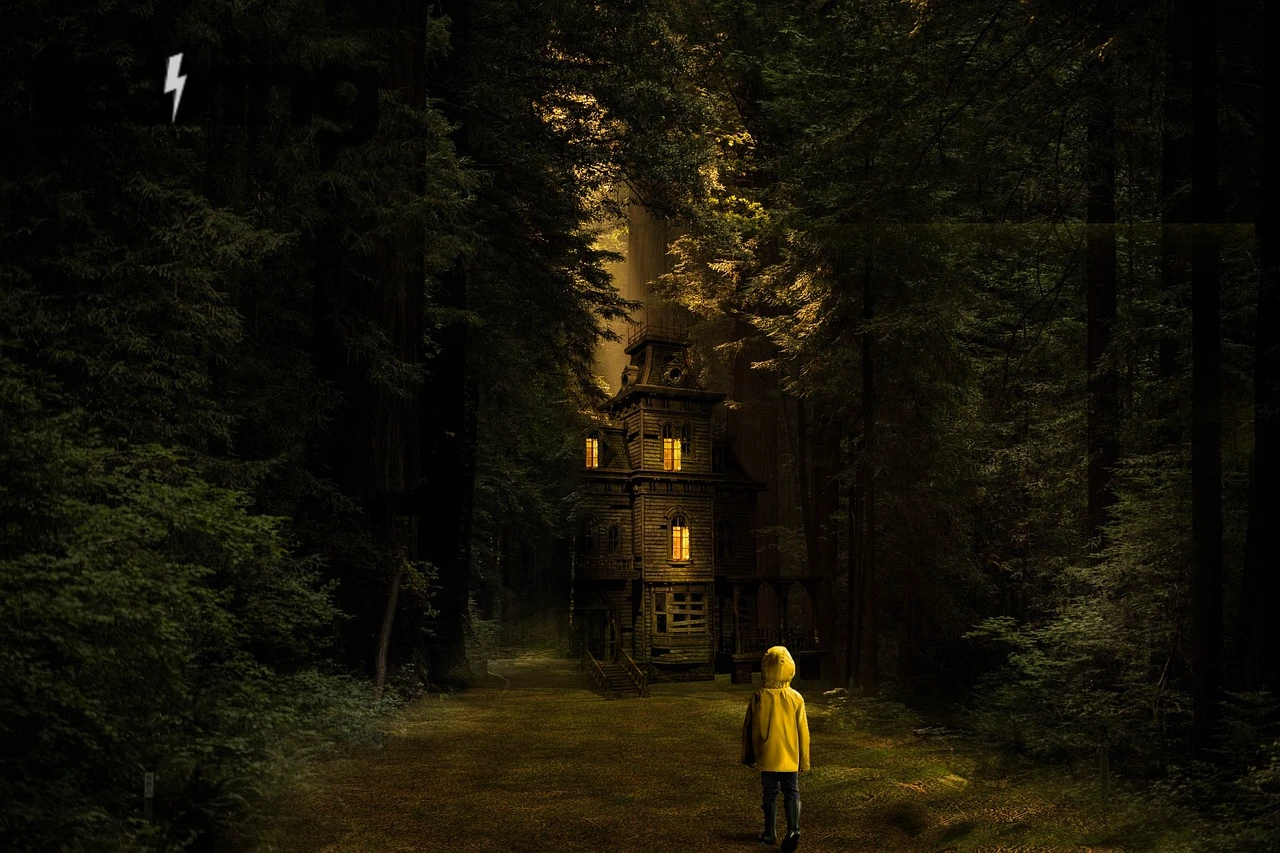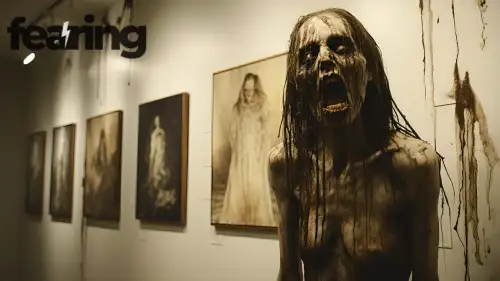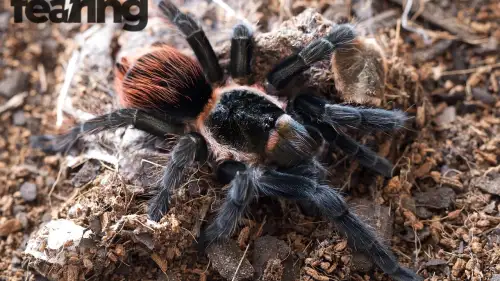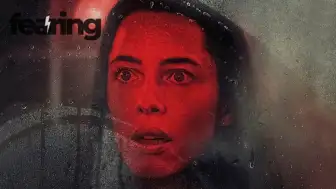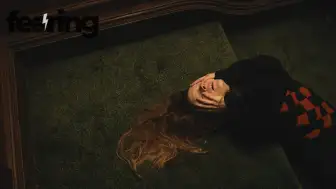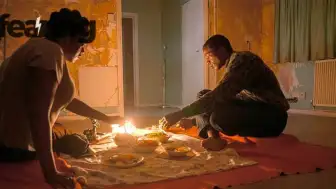The rise of Femgore marks one of the most transformative movements in modern horror fiction. Once dominated by male voices and patriarchal fears, today’s horror landscape is being rewritten by women who use blood, body, and pain as language — not weakness.
Femgore isn’t just about gore or violence. It’s about reclaiming control over the monstrous and making it feminine. These stories dissect trauma, sexuality, motherhood, and survival in ways traditional horror never dared.
“We’re no longer the scream — we’re the voice behind it,” said Carmen Maria Machado, author of Her Body and Other Parties, in an interview with The Paris Review.
What Is Femgore
The term “Femgore” first gained attention in literary circles around 2018, describing works of horror by women that merge feminist theory with physical and psychological transformation.
Unlike standard slasher tropes where women are victims, Femgore turns the female body into a weapon of expression. It challenges beauty, power, and identity through visceral imagery — blood not as spectacle, but as metaphor.
| Element | Description |
|---|---|
| Origin | Feminist reinterpretation of horror fiction |
| Central Theme | The body as resistance and revelation |
| Key Emotions | Rage, grief, liberation |
| Notable Authors | Carmen Maria Machado, Tananarive Due, Mariana Enríquez, Mona Awad, Silvia Moreno-Garcia |
| Common Mediums | Novels, short fiction, film adaptations |
From Victims To Visionaries
Classic horror often portrayed women as victims — punished for sexuality, curiosity, or independence. But Femgore flips this dynamic, exploring fear through female agency.
Mary Shelley created life through grief in Frankenstein.
Shirley Jackson weaponized domestic anxiety in The Haunting of Hill House.
Anne Rice made eternal life a metaphor for female desire and control.
Today, writers like Mariana Enríquez, Silvia Moreno-Garcia, and Rachel Harrison carry that legacy forward, merging horror with social commentary.
“Women in horror are no longer writing about being afraid — they’re writing about what happens when you stop being afraid,” says Dr. Helen Fisher, cultural theorist at World Literature Today.
The Body As Battlefield
Femgore thrives on body horror, but with purpose. While male-authored horror often externalized violence, women’s horror internalizes it — exploring how the body holds memory, shame, and resilience.
Books like Mona Awad’s Rouge or Julia Armfield’s Our Wives Under the Sea treat physical change as psychological truth. Blood becomes emotion. Mutation becomes liberation.
Core Motifs In Femgore Literature
Transformation – From victim to creature to goddess.
Consumption – Desire and decay as survival.
Ritual – Bodies as symbols of reclaiming power.
Silence Breaking – Women speaking through wounds.
Maternal Horror – The creation and destruction of life.
Notable Works Defining Femgore
| Title | Author | Year | Theme |
|---|---|---|---|
| Her Body and Other Parties | Carmen Maria Machado | 2017 | Sexual trauma and narrative control |
| Our Share of Night | Mariana Enríquez | 2023 | Power, inheritance, and the female body |
| Rouge | Mona Awad | 2023 | Beauty standards as horror |
| Mexican Gothic | Silvia Moreno-Garcia | 2020 | Colonialism and female resistance |
| Such Sharp Teeth | Rachel Harrison | 2022 | Feminist werewolf mythology |
| The Butcher’s Table | Cynthia Pelayo | 2024 | Religious violence and transformation |
Each of these novels rejects victimhood and reshapes fear as catharsis.
Femgore And The Cinema Of The Flesh
While literature birthed Femgore, cinema visualized it. Filmmakers like Julia Ducournau (Raw, Titane) and Jennifer Kent (The Babadook) turned body horror into metaphysical rebellion.
In Ducournau’s Titane, the female body becomes mechanical — part machine, part mother — questioning what humanity even means. In Kent’s The Babadook, motherhood itself becomes the monster, forcing audiences to confront suppressed rage.
“Female horror isn’t about being saved,” wrote Vogue Film Review, “it’s about surviving on your own terms.”
Trauma As Narrative Power
Femgore treats trauma as language. Writers use horror to process generational and personal wounds — abuse, silencing, and systemic oppression — transforming them into collective memory.
Silvia Moreno-Garcia explained it best:
“Horror gives us the freedom to talk about what polite society won’t.”
This emotional authenticity is what makes modern female-led horror resonate beyond the genre.
The Global Voices Of Femgore
The movement is far from Western-only. Around the world, women are reshaping horror through cultural myth and folklore:
Oyinkan Braithwaite (Nigeria) – My Sister, the Serial Killer explores gender and morality.
Han Kang (South Korea) – The Vegetarian turns bodily autonomy into resistance.
Sayaka Murata (Japan) – Earthlings confronts social conformity with alien grotesque.
Gabriela Cabezón Cámara (Argentina) – The Adventures of China Iron reimagines femininity in violence.
These global authors show that fear speaks every language — and the female body remains its most powerful dialect.
Why Femgore Matters In 2025
In a world of social unrest, climate anxiety, and digital alienation, women writers are finding new ways to turn fear into agency. Femgore isn’t just a subgenre; it’s a literary revolution where the act of bleeding — metaphorically or literally — becomes a declaration of identity.
Readers don’t consume these stories to escape horror. They read them to recognize themselves in it.
“Femgore isn’t about monsters,” writes critic Marina Lopez. “It’s about women realizing they were never the victims — they were the story all along.”
FAQ
Q1: What does the term ‘Femgore’ mean?
A1: It refers to feminist horror fiction where female experience and the body are central to the story — reclaiming gore as expression, not exploitation.
Q2: Who are the leading authors of Femgore?
A2: Carmen Maria Machado, Silvia Moreno-Garcia, Mona Awad, Rachel Harrison, and Mariana Enríquez.
Q3: How is Femgore different from classic horror?
A3: It focuses on transformation, trauma, and empowerment rather than punishment or victimization.
Q4: Does Femgore exist in film too?
A4: Yes, directors like Julia Ducournau and Jennifer Kent have visualized its themes powerfully.
Q5: Why is Femgore important today?
A5: Because it gives women authors the freedom to define fear on their own terms — raw, honest, and transformative.
Sources
The Paris Review – Carmen Maria Machado on Writing Fear and Feminism
Vogue Film – The Rise of Female Horror Directors
World Literature Today – Women Writing Horror and Reclaiming the Monstrous
The Guardian – Mariana Enríquez and the Power of Latin American Gothic

